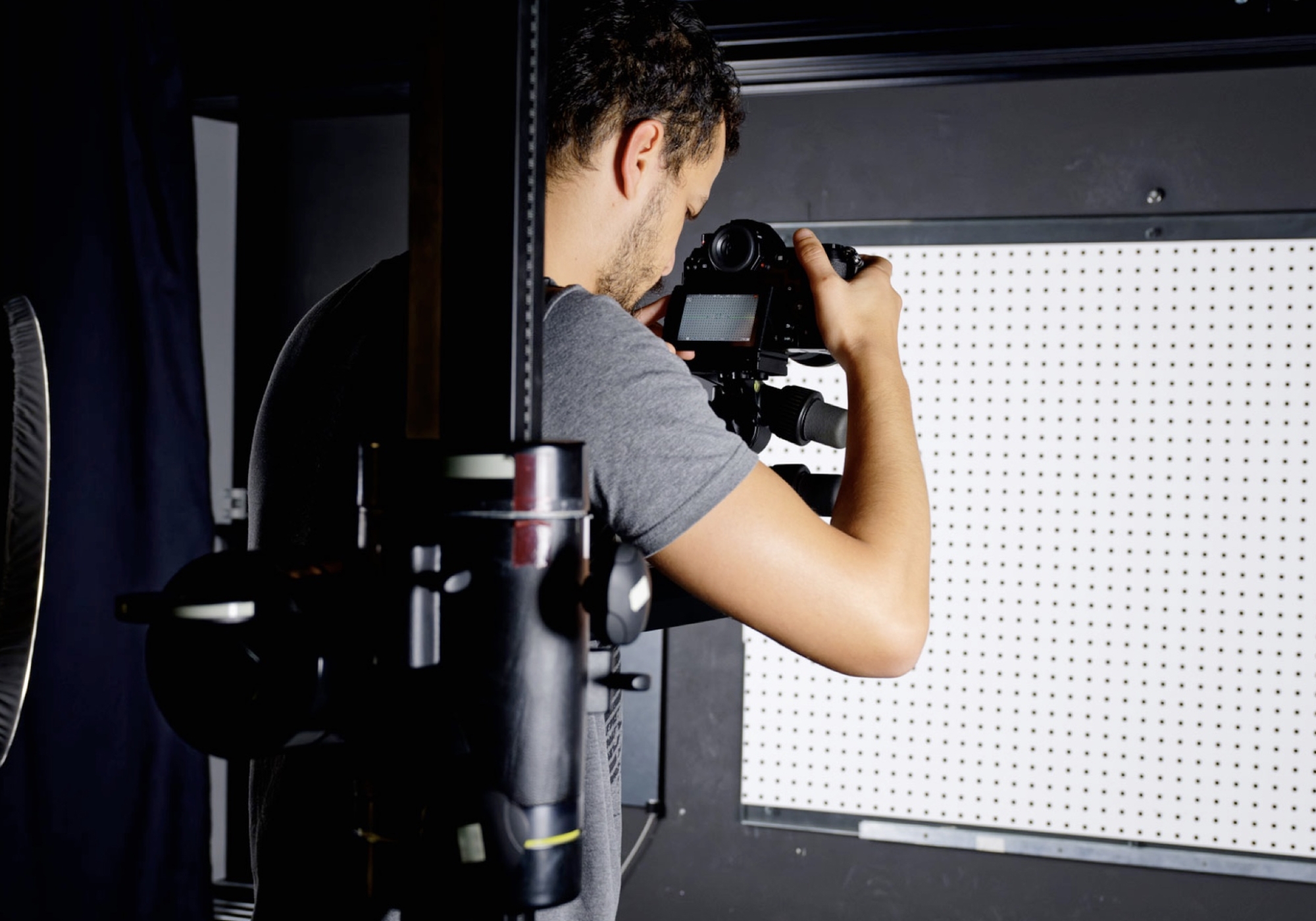
Lens vignetting in photography:
correcting and maintaining the image’s balance
Correcting darker corners is more complex than simply adding some brightening. DxO corrects an image based on scientific analysis — and without undermining quality.
What is lens vignetting?
Lens vignetting is a reduction in brightness or saturation on the periphery of an image. It is the result of a number of factors, including the design of the lens, its focal length, and the aperture selected for shooting. Brightness decreases as the distance from the center of the photo increases.
Lens vignetting is especially visible in images taken with a short focal length, with a zoom lens, or a telephoto lens, and it can become even more apparent when the photo is taken with a wide aperture. In addition, if a protruding part of the lens or the lens hood obscures the passage of light into the camera, it can exacerbate the vignetting effect.

- Camera: DJI Mavic Pro
- Lens: 26.3mm f/2.2
- Parameters: ISO 100 - 1/80 - f/2.2 - 26mm
- DxO PhotoLab
For each combination of aperture and focal length, DxO engineers create a customized map of the vignetting effect by photographing an evenly lit dot diagram.
They then create a model of the darkening effect for the position of each pixel in the image. The engineers then attribute a value of 0 to 1 for each pixel. This value is used to correct JPEG images pixel by pixel.
Using the same light diagram, vignetting values are also collated for each color channel in the original RAW file and the final RGB image. These values are measured under various lighting conditions. Based on the lens-camera combination being analyzed, between 100 to 500 sample images are captured in order to generate the data needed to make a vignetting map.
The calibration data obtained through this analysis are compiled into one single correction file for each corresponding lens and camera pairing, known as a DxO Optics Module.

Comprehensive vignetting correction
DxO’s vignetting correction feature does much more than simply restore brightness levels to the edges of the frame.
Instead, it takes into account several factors: It compensates for exposure levels when the correction might result in over-exposing the edges of the image.
It limits the risk of color alteration. It does not increase noise levels when brightening darkened areas.


- Camera: Nikon Z9
- Lens: 200 - 400mm f/4
- Parameters: ISO 110 - 1/2500 - f/4 - 400mm
- DxO PureRAW - PhotoLab

Try DxO’s software for free
Find out why photographers are switching to DxO with a free trial.
Onboarding tutorials
Access to all features
No payment details required
Discover camera and lens corrections with DxO PhotoLab 7 with DxO PureRAW 4
Try premium technical and creative software that will revolutionize your workflow.


